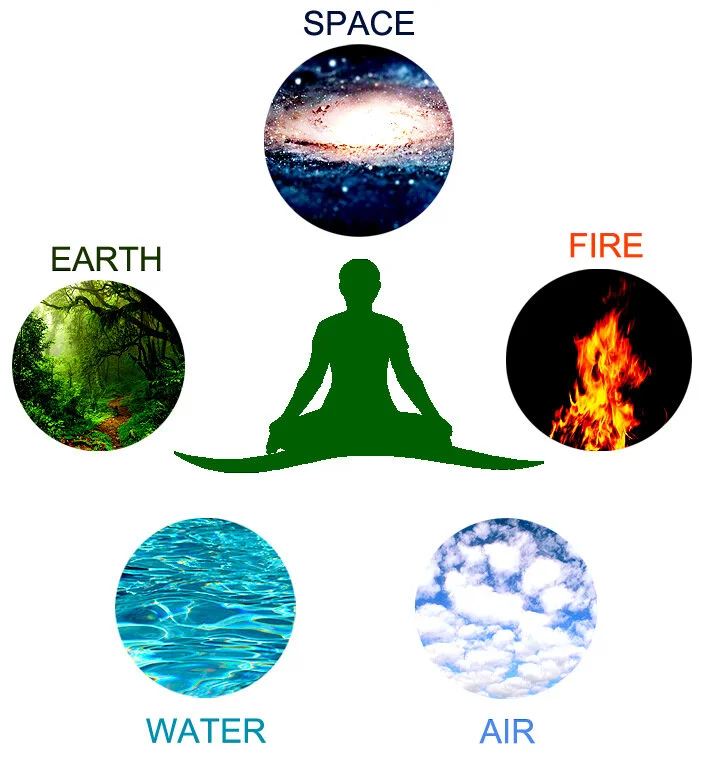About Ayurveda - the ‘Science of Life’
“Ayurveda is a medical science and its purpose is to heal and maintain the quality and longevity of life. It is an art of daily living that has evolved from practical, philosophical and spiritual illumination, rooted in the understanding of creation.”
— DR. LAD, THE AYURVEDIC INSTITUTE
According to legend, the 52 great Rishis (seers) of ancient India discovered the Veda, or knowledge of how the universe works, in their meditations. These secrets were then organised into a system known as Ayurveda, which means ‘science of life’. It is one of their great gifts to humankind.
One of the oldest scientific medical systems in the world - at least 5000 years - with a well established record of clinical experience, Ayurveda is a profound holistic healing system that not only cures the disease but offers…
A complete body of wisdom and philosophy of life that teaches us how to live and how to maintain, protect and improve health while realising our full human potential.
Although suppressed during years of foreign occupation, Ayurveda has been enjoying a major resurgence in both its native land and throughout the world. Tibetan medicine and Traditional Chinese Medicine both have their roots in Ayurveda. Early Greek medicine also embraced many concepts originally described in the classical Ayurvedic medical texts dating back several thousands of years.
At the heart of Ayurveda is the understanding that everything in the universe is interconnected; we are not isolated individuals but are part of the greater whole, linked to the web of life by invisible energy pathways, or ‘prana’, the “breath of life”.
Everything is connected and operating on many different levels. Ayurveda recognises that our emotions, intellect and physical body, together with our actions and surrounding environment, are all interlinked and influence each other. Good health is achieved when all these aspects are balanced and in proportion with on another. This leads to inner harmony and equilibrium - a feeling of being “at one” with the world and oneself.
Ayurveda is the art of living a balanced life. This is the pathway to good health, happiness and longevity.
There are eight branches to the “tree” of Ayurveda, each one covering various aspects of health and healing including internal medicine, surgery, toxicology, psychiatry, paedeatrics and the science of rejuvenation. Ayurvedic medicine is the branch responsible for treating our health on a day-to-day basis. Its aim is to prevent and treat ill-health the root cause so that we are left free to develop our spiritual potential.
The primary method of treatment is the provision of specific guidelines on diet and daily routine selected for the individual, supported by the use of herbs and bodywork. However there are many complementary branches supporting the healing process including yoga (regarded a sister science of Ayurveda) and meditation, aromatherapy, crystals and colour therapy.
Along with the proper conscious use of our senses, Ayurveda reminds us that health is the balanced and dynamic integration between our environment, body, mind, and spirit.
According to Ayurveda, the four aims of life (purusharthas) are:
Dharma: Your life’s purpose, how you function best, and how you remember your truth.
Artha: Your relationship to money, right means of income, career, and skillful living in the material world.
Kama: Enjoyment and pleasure that support dharma. Also your family and romantic partnerships.
Moksha: Your spiritual nature and practices. Where you find liberation.
The five elements
Everything in the universe is shaped by the cosmic energies that are the five elements:
Space or ether - akasa
Air or moving wind - vayu
Fire - tejas
Water jala
Earth - prithvi
These are the building blocks which are the basis of life of the whole universe (the macrocosm), as well as our body (the microcosm). Without them, life is not possible. These forces combine into three fundamental life energies, or doshas, of the human body; Vata, Pitta and Kapha
The three doshas
Vata : the energy of motion
Elements: Air & Ether
The Vata dosha is comprised of air and ether. These elements are both inherently light, dry, cold and mobile so not surprisingly, vata is the driving force responsible for everything in the body that moves, like breathing, emotions, absorption and secretion.
PITTA : the energy of transformation
Elements: Fire & Water
The qualities of fire and water are inherently hot, light, sharp, oily and flowing which are mirrored in their physical, mental and emotional bodies. Pitta is the force that controls the endocrine system, hormones, digestion, body temperature, immunity, hunger, thirst and skin quality.
KAPHA : the force of stability
Elements: Earth & Water
Earth and water are both by nature, dense, heavy and cold; earth is also static. So Kapha dosha is characterised by these qualities in their physical, mental and emotional being as well. Kapha dosha is the force of stability due to the grounded, stable elements that create it.
Ayurvedic nutrition & cooking
Whole health on a plate - Simple - High quality - Energising
Ayurvedic food and nutrition is not a particular type of diet like vegetarianism, veganism, paleo or even Indian food, but a general name for a number of guidelines on how to properly prepare and combine various foods in a way that is beneficial to health and supports your individual constitution.






